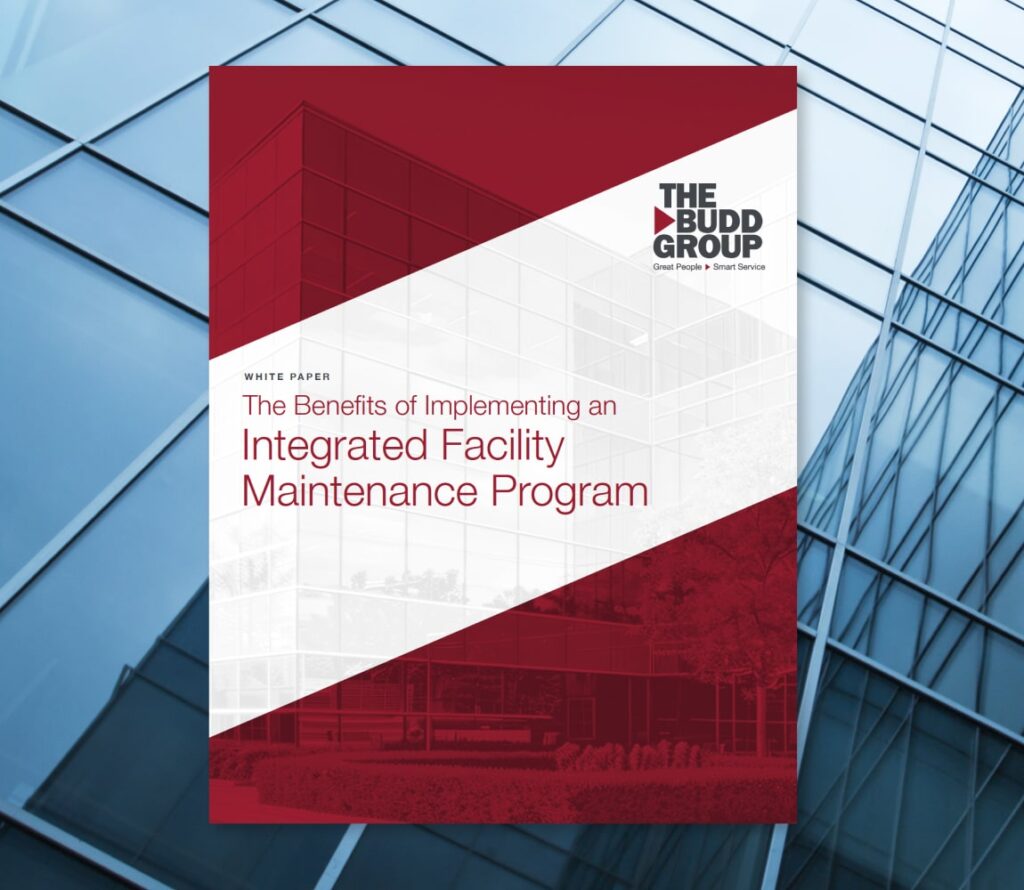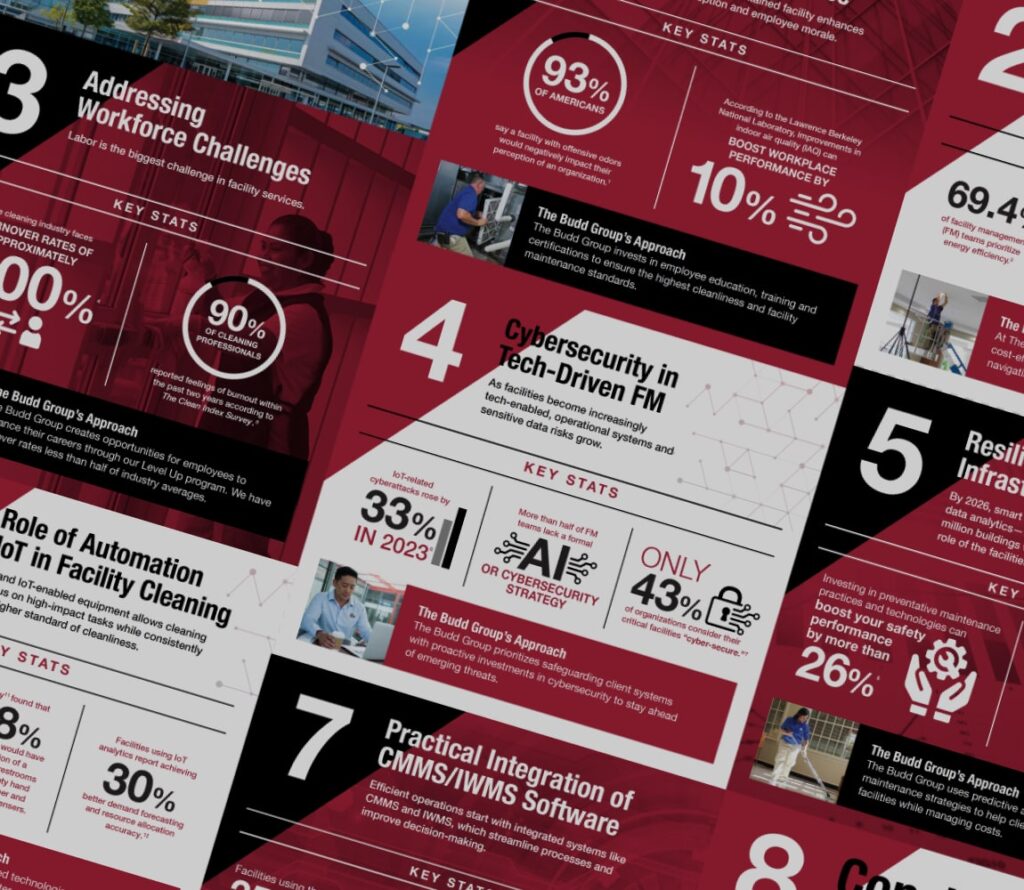Businesses that find themselves constantly reacting to equipment failures and other problems have a difficult time maintaining efficiency. Staying on top of preventative maintenance is essential for keeping repair/replacement costs to a minimum and ensuring that your facility operates at maximum capacity. Here are some of the best preventative maintenance strategies for manufacturing facilities like yours.
Know What Needs the Most Attention
Though preventative maintenance is important, these duties can become burdensome on your bottom line if not carefully focused. Simply put, you don’t want to expend resources where they’re not needed, and certain components and systems require more or less precautionary attention than others. Before anything else, you must prioritize your various preventative building maintenance tasks for maximum gain. Some trial and error is involved here, but you can better direct your resources by taking the history of your various assets into account, as well as following manufacturer recommendations and prioritizing equipment that’s subject to wear, consumable, and/or contains known failure patterns. This way, you can provide the proper amount of preventative care to the parts of your facility that need it most.
Maintain a Tight Cleaning Schedule
Keeping your facility and equipment clean is a prerequisite for avoiding failures, damages, and costly repairs. And just as you must prioritize maintenance tasks, you must also determine what needs regular cleaning, how often, and via which methods. Certain types of manufacturing equipment like tanks may require daily or weekly cleaning via abrasive blasting (i.e. sandblasting) to fully remove all grease and residue from the insides. Industrial floors may need to be cleaned daily via powered equipment and degreasing solutions. Other cleaning tasks may occur monthly or a few times per year, depending on their nature. The bottom line is this: every part of your facility must be kept clean at an interval necessary for its proper maintenance.
Shield Your Facility and Assets with Protective Coatings
No matter how secure and clean your manufacturing facility is, your surfaces and equipment are still susceptible to damage from impact, corrosion, and gradual wear and tear. To mitigate these forms of deterioration, seal your various surfaces with specialized protective coatings. Industrial concrete floors benefit from epoxy coatings or similar systems (i.e. polishing, urethane cement, etc.). Fireproof coatings are essential and required in certain portions of your interior. Alkyd coatings are great for protecting equipment in humid or wet environments — the list goes on. Investing in and maintaining these protective coatings will help prevent certain forms of deterioration and damage and, in turn, extend the lifespan of your equipment.
Lubricate Those Moving Parts
In addition to protecting the exterior surfaces of your facility and equipment, you must also preserve the functionality of their internal components. Gears, pistons, belts, and other essential moving parts in your machinery should be regularly lubricated to ensure ongoing functionality and efficiency. Keeping your equipment well-oiled may require significant resources, but the cost of this form of preventative maintenance often pales in comparison to the cost to repair and/or replace components and machinery.
Upgrade Key Components and Systems
That said, certain parts of your facility will simply become obsolete after enough time has passed. Rather than hold onto these pieces of outdated machinery, it’s often more practical to replace them with modern counterparts, which are (in most cases) more durable and efficient. Determining when to invest in brand new equipment depends on a number of factors, such as current budgets, operational needs, safety concerns, regulatory changes, and so on.
Get Acquainted with a Computerized Maintenance Management System (CMMS)
The strategies listed above are time-sensitive and require careful measurement, so it helps immensely to have a powerful automated system backing you up. Indeed, every manufacturing facility should incorporate a proper CMMS to aid with monitoring, measurements, analysis, scheduling, communications, and more. Relying solely on manual systems and human judgment for facility management can quickly lead to disorganization and neglect of key duties. With a CMMS in place, your business can focus more on performing preventative maintenance tasks and less on figuring out what to do in the first place and why.
Hire Facility Maintenance Services
A quality CMMS will help you prioritize and manage various aspects of facility maintenance, but when it comes to executing your strategy, you’ll need the proper amount of experienced workers to get the job done. While well-trained in-house staff can handle certain tasks, it may be wise and even necessary to hire dedicated property maintenance services for other, more specialized duties. Working with a reliable facility maintenance contractor like The Budd Group can also provide you with key insights into how to best care for and improve your facility.
To learn more about our services and values, give us a call today at 800-221-8158!

